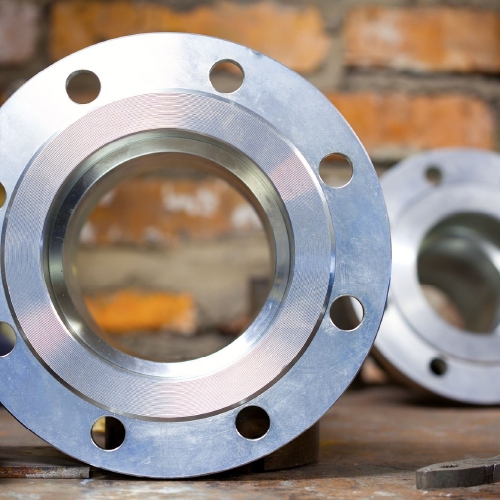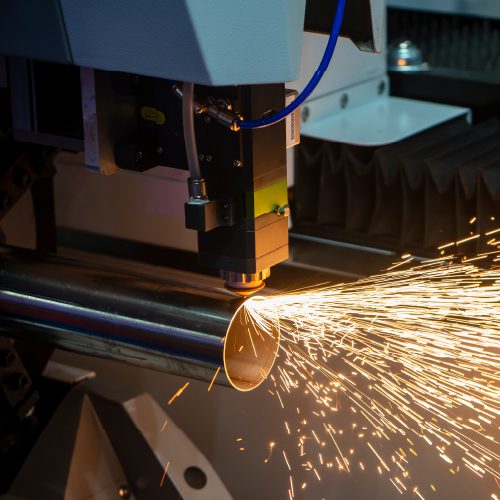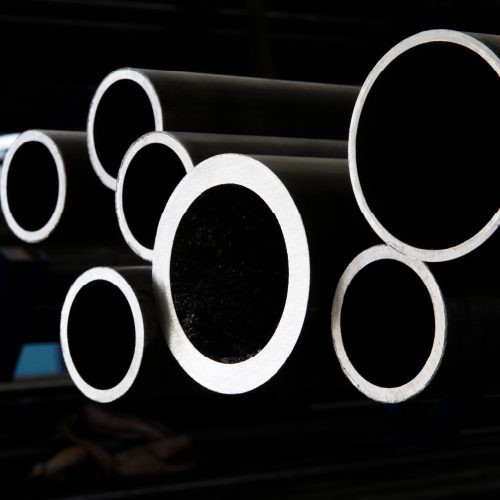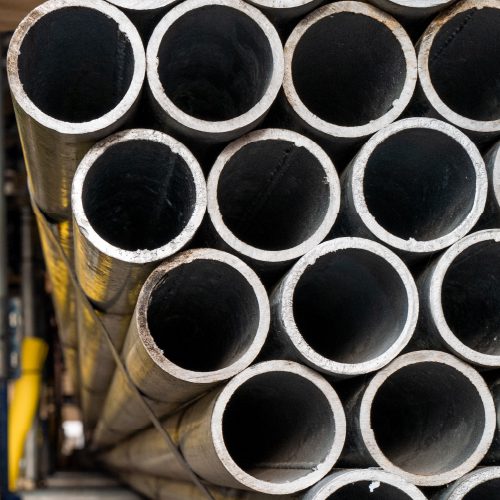Unified Numbering System (UNS) Explained
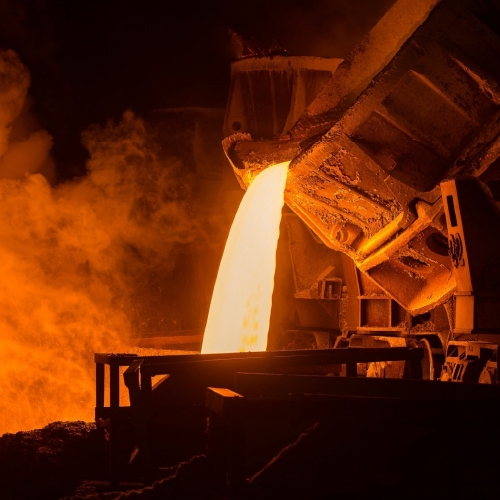
UNIFIED NUMBERING SYSTEM (UNS) EXPLAINED: MASTERING MATERIAL SELECTION
Overview Of This Article
- UNIFIED NUMBERING SYSTEM (UNS) EXPLAINED: MASTERING MATERIAL SELECTION
- Introduction To Unified Numbering System (UNS)
- Guidelines That Shaped the UNS
- A Closer Look at the Unified Numbering System (UNS System)
- Unified Numbering System Categories
- The Significance and Use of the Unified Numbering System (UNS System)
- Benefits and Challenges of the Unified Numbering System (UNS)
- International Equivalents to UNS (Unified Naming System)
- Unified Numbering System (UNS) Explained: The Conclusion
- THANK YOU
- DON'T MISS ON LATEST ARTICLES!
- MORE RELATED ARTICLES
Introduction To Unified Numbering System (UNS)
In the world of metallurgy and material science, precision is paramount. Choosing the right material can be the linchpin of engineering success. This is where the Unified Numbering System (UNS) steps in, serving as a comprehensive classification system that has transformed how we designate and select materials. In this comprehensive guide, we will embark on a journey to demystify the UNS. We'll delve into its origins, explore its various categories, and understand why it holds a pivotal place in the realm of materials.
Traditionally, the United States used a multitude of metal designation systems, each developed by different trade associations, metal producers, and professional societies such as the Aluminum Association (AA), the American Iron and Steel Institute (AISI), and the Copper Development Association (CDA). However, as industries evolved, these systems started showing their limitations. Problems included the use of the same number for different alloys, different numbers for the same alloy, and the use of trade names for numerous materials. These issues spurred the need for a new, unified system.
In the 1960s, a groundbreaking change was set in motion. An 18-month feasibility study involving major trade associations (Aluminum Association, AISI, CDA) and organizations such as the Steel Founders’ Society of America (SFSA) was conducted. After unanimous agreement among these entities, the study was completed in January 1971. The report unequivocally stated that a unified numbering system for metals and alloys was not just possible but also highly beneficial. In April 1972, ASTM and SAE established an advisory board to refine this system, and this marked the birth of the Unified Numbering System (UNS).
Guidelines That Shaped the UNS
The creation of the Unified Numbering System (UNS) was guided by several fundamental principles:
- Specific Identification: Each UNS designation must clearly refer to a specific metal or alloy based on its distinct chemical composition or primary defining criteria, which can include mechanical properties or physical features.
- Integration: Whenever feasible, the UNS should incorporate numbers from existing systems. This integration facilitates easy recognition and the transition from older systems to the new unified one.
- Adaptability: The system should be designed to accommodate both existing and future materials. It should remain flexible enough to assign numbers to new alloys as they emerge.
- Compatibility: The UNS is designed to be user-friendly, suitable for computer use, and well-suited for indexing, record keeping, and cross-referencing.
A Closer Look at the Unified Numbering System (UNS System)
The UNS Advisory Board completed the "SAE/ASTM Recommended Practice for Numbering Metals and Alloys" in March 1974. While the Advisory Board worked on assigning numbers to the 18 series it developed, the specific details for each series were formulated by field experts. By the end of 1974, specific UNS designations for more than 1000 metals and alloys were formulated and documented in the UNS Handbook, published in 1975.
The Unified Numbering System (UNS system) employs a composition-based approach. Each metal is indicated by a letter followed by five digits. These UNS categories encompass a vast array of materials, each with its own unique properties and applications.
These categories include aluminum and aluminum alloys (A-Series), copper and copper alloys (C-Series), specified mechanical property steels (D-Series), rare earth and rare earthlike metals and alloys (E-Series), cast irons (F-Series), AISI and SAE carbon and alloy steels (G-Series), AISI and SAE H-steels (H-Series), cast steels (J-Series), miscellaneous steels and ferrous alloys (K-Series), low-melting metals and alloys (L-Series), miscellaneous nonferrous metals and alloys (M-Series), nickel and nickel alloys (N-Series), precious metals and alloys (P-Series), reactive and refractory metals and alloys (R-Series), heat and corrosion-resistant (stainless) steels (S-Series), tool steels, wrought and cast (T-Series), welding filler metals (W-Series), and zinc and zinc alloys (Z-Series).
Unified Numbering System Categories
| UNS Series | Metal Type |
|---|---|
| A00001 to A99999 | Aluminum and Aluminum Alloys |
| C00001 to C99999 | Copper and Copper Alloys (Brasses and Bronzes) |
| D00001 to D99999 | Specified mechanical property steels |
| E00001 to E99999 | Rare earth and rare earthlike metals and alloys |
| F00001 to F99999 | Cast Irons |
| G00001 to G99999 | AISI and SAE Carbon and Alloy Steels (except Tool Steels) |
| H00001 to H99999 | AISI and SAE H-Steels |
| J00001 to J99999 | Cast Steels (Except Tool Steels) |
| K00001 to K99999 | Miscellaneous Steels and Ferrous Alloys |
| L00001 to L99999 | Low-Melting Metals and Alloys |
| M00001 to M99999 | Miscellaneous Non-ferrous Metals and Alloys
|
| N00001 to N99999 | Nickel and Nickel Alloys |
| P00001 to P99999 | Precious Metals and Alloys |
| R00001 to R99999 | Refractory Metals and Alloys
|
| S00001 to S99999 | Heat and Corrosion Resistant (Stainless) Steels |
| T00001 to T99999 | Tool Steels, Wrought and Cast |
| W00001 to W99999 | Welding Filler Metals |
| Z00001 to Z99999 | Zinc and Zinc Alloys |
The Significance and Use of the Unified Numbering System (UNS System)
The UNS serves as a unifying bridge between various nationally recognized numbering systems employed by trade associations, societies, and individual users and producers of metals and alloys. This correlation eliminates confusion and ensures uniformity in indexing, record keeping, data storage, retrieval, and cross-referencing.
It's crucial to note, however, that a UNS number is not a standalone specification. It does not define the form, condition, or quality of a material. Instead, it serves as a vital tool to identify regularly produced and used metals and alloys. UNS numbers are not issued for conceptual or experimental materials; they are reserved for those with established use in various industries.
The Unified Numbering System (UNS) is a cornerstone of precision in material selection. It guides engineers, manufacturers, and materials enthusiasts toward optimal choices. Understanding the UNS opens doors to possibilities in engineering and metallurgy, ensuring that the right material is chosen for the right job, every time.
Benefits and Challenges of the Unified Numbering System (UNS)
While the Unified Numbering System (UNS) has become an invaluable tool for material identification and selection, it comes with its own set of benefits and challenges that engineers and materials scientists must consider:
Benefits of UNS (Unified Numbering System)
- Standardization: One of the primary benefits of the UNS is its role in standardizing material identification. By assigning unique codes to each material, it eliminates ambiguity and ensures consistent communication in the global engineering community.
- Simplified Material Selection: The UNS simplifies the process of choosing the right material for a specific application. Engineers can quickly identify materials based on their UNS codes, streamlining the selection process and reducing the risk of errors.
- Cross-Referencing: The UNS bridges the gap between various national and international material designation systems. This cross-referencing capability is crucial for industries that rely on materials sourced from different regions.
- Compatibility with Computer Systems: The design of the UNS allows for easy integration with computer systems, making it suitable for digital databases and materials management software. This compatibility enhances efficiency in materials tracking and management.
- Historical Records: The UNS provides a systematic way to document and retrieve historical data about materials. This is essential for industries with long-term projects or a need for traceability.
Challenges of UNS (Unified Numbering System)
- Limited Detail: While the UNS excels in material identification, it does not provide detailed material specifications. Engineers may still need to refer to additional sources or conduct tests to gather specific data, such as mechanical properties or heat treatment requirements.
- Complexity of Categories: With a vast range of UNS categories, it can be challenging to navigate the system, especially for those less familiar with it. Misclassification or confusion about the right category can lead to material selection errors.
- Updates and Changes: The UNS system evolves over time, and new materials are continually developed. Keeping up with updates and changes in the system can be a challenge for industries that rely heavily on UNS designations.
International Equivalents to UNS (Unified Naming System)
While the UNS is widely recognized, various international numbering systems exist that may complement or align with it. Some notable examples include:
- European Norm (EN): EN standards are commonly used in Europe and include designations for materials similar to the UNS. They often follow a similar alphanumeric format.
- International Organization for Standardization (ISO): ISO standards encompass a wide range of materials and may have equivalent designations for metals and alloys. ISO standards are recognized globally.
- Japanese Industrial Standards (JIS): JIS designations are commonly used in Japan and may align with UNS codes for certain materials, facilitating international trade.
- German Institute for Standardization (DIN): DIN standards are prevalent in Germany and may include materials with UNS equivalents, particularly in the field of metallurgy.
- Chinese National Standards (GB/T): GB/T standards are used in China and may have counterparts to UNS designations for metals and alloys.
Unified Numbering System (UNS) Explained: The Conclusion
In the world of materials science and engineering, precision reigns supreme, and the Unified Numbering System (UNS) stands as a beacon of clarity in this intricate landscape. Throughout our exploration, we've unraveled the UNS's origins, principles, categories, and significance. It's clear that the UNS has revolutionized how we approach materials, offering standardization and compatibility on a global scale.
As engineers and materials enthusiasts, the UNS equips us with the confidence to navigate the complex realm of materials. By relying on UNS codes, we simplify the selection process and ensure consistency in data management and cross-referencing. However, it's vital to remember that while the UNS excels in material identification, it doesn't encompass detailed specifications. Engineers should complement UNS data with additional research and testing for comprehensive insights into material properties.
In this ever-evolving field, the UNS remains a dynamic tool, adapting to new materials and technologies. Its compatibility with computer systems and integration into materials management software ensures that it remains at the forefront of materials science. Ultimately, the UNS empowers us to make informed decisions, select materials that align with project goals, and drive innovation in the pursuit of engineering excellence.
THANK YOU
DON'T MISS ON LATEST ARTICLES!
SIGN UP NOW!

